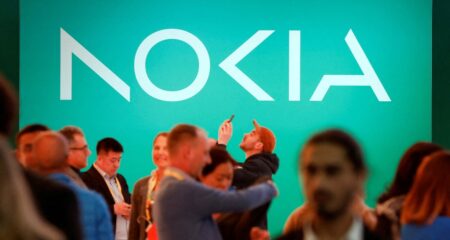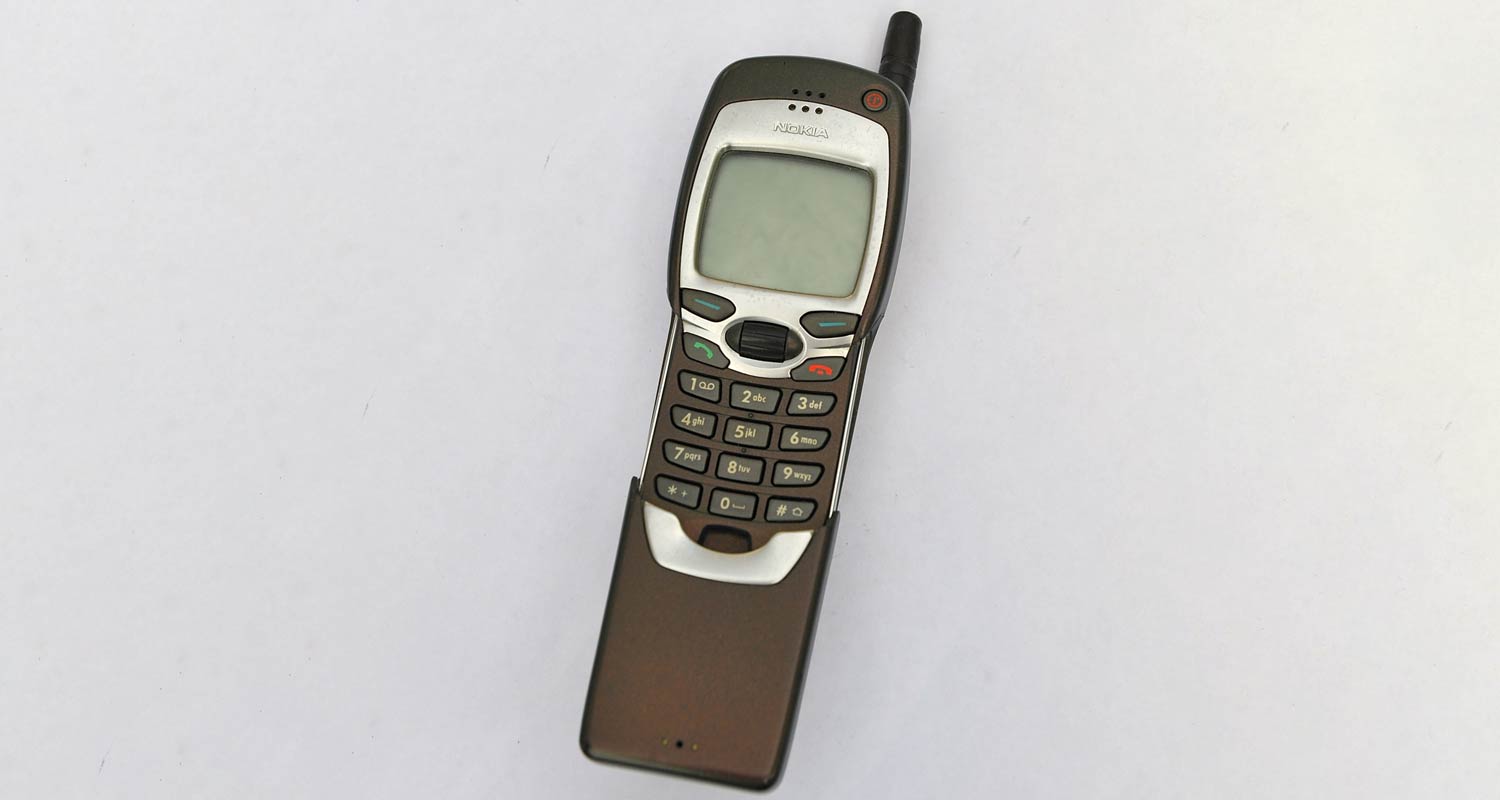
Nokia made the cellphone a mass-market device, dominating worldwide sales for well over a decade.
This period coincided with a fundamental shift in the telecommunications landscape, driven by rapid technological changes that percolated into the social fabric.
As the leading brand at the time, many of Nokia’s idiosyncrasies evolved into iconic symbols that now define an era when leather pouches with plastic facades and belt hooks were a status symbol (they were!? – Ed).
Back then, everybody thought of themselves as something of a typist, knowing exactly how many times they would need to press a button on their tiny numerical keypads to get the right letter.
Later on, T9 predictive text tried to make typing on a tiny keypad a little easier, but its inefficiency led many to switch it off and go “old school” instead. (Aside: this also probably highlighted the need for Qwerty keyboards on mobile devices.)
With SMSes limited to 160 characters and prices hovering around R1/message, the use of “cu l8r” was viewed as a cost- and time-saving strategy, and not a butchering of the English language.
Nokia’s own symbology includes the classic Nokia tune and the home view on its backlit LCD screens with the network carrier name in the centre bracketed by a column of bars indicating the signal strength on the left side and another column showing battery life on the right side.
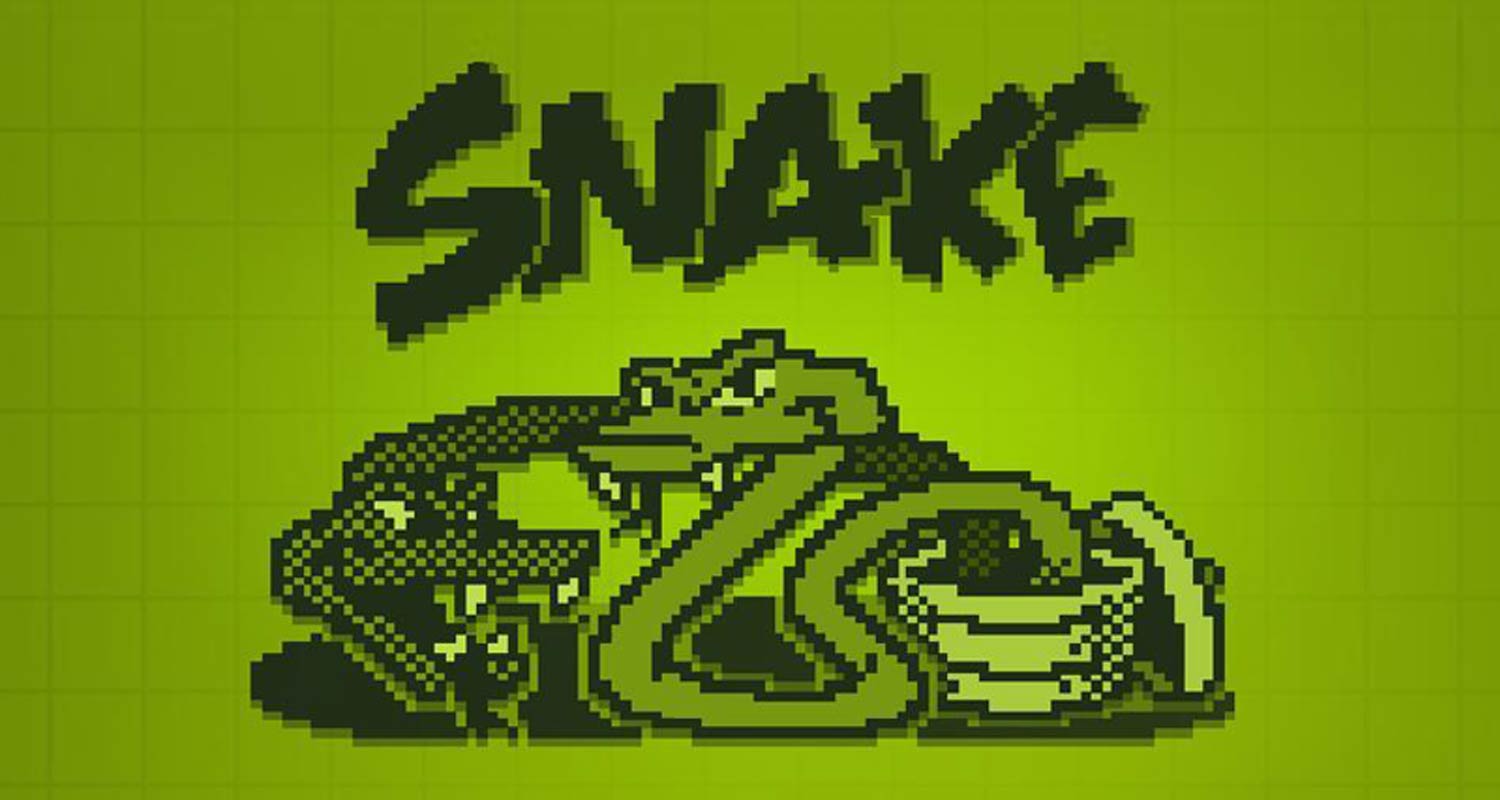 Many also remember the multiple curls of a digital serpent representing hours of patience and a carefully executed strategy in the aim for a high score in Snake.
Many also remember the multiple curls of a digital serpent representing hours of patience and a carefully executed strategy in the aim for a high score in Snake.
Over the years, Nokia released many models that are difficult to forget, and for different reasons: some were notorious for their durability (even considered indestructible), while others represented leaps in design and functionality. Others still were just cool for their time.
TechCentral has an entirely subjective look back at the most iconic Nokia devices ever made. Given the vast product portfolio that Nokia produced over the years, whittling this list down to just 10 was not easy. If we’ve left out your favourite Nokia legacy device, tell us in the comments.
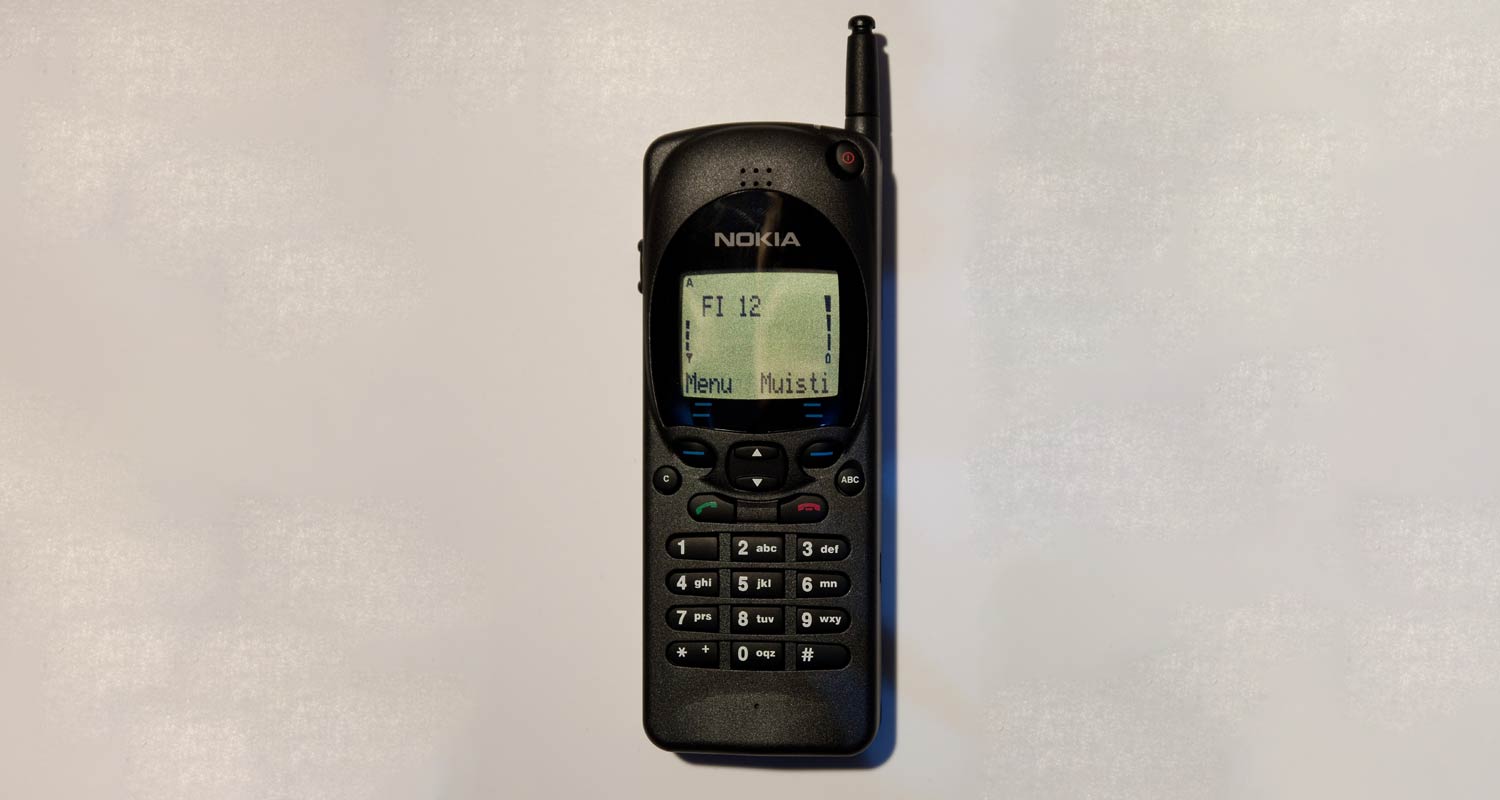 1. Nokia 2110 – first to sing the Nokia tune
1. Nokia 2110 – first to sing the Nokia tune
Released in 1994, the 2110 was the first of Nokia’s devices to have the now famous Nokia ringtone, which even today easily identifies the brand to people all over the world. Unlike today’s modern smartphones, which boast vast memory stores, the 2110 could only send one 160-character SMS at a time and only stored 10 missed calls, 10 dialled number and 10 received calls. Despite this, it was marvel at the time – and the must-have device among business users.
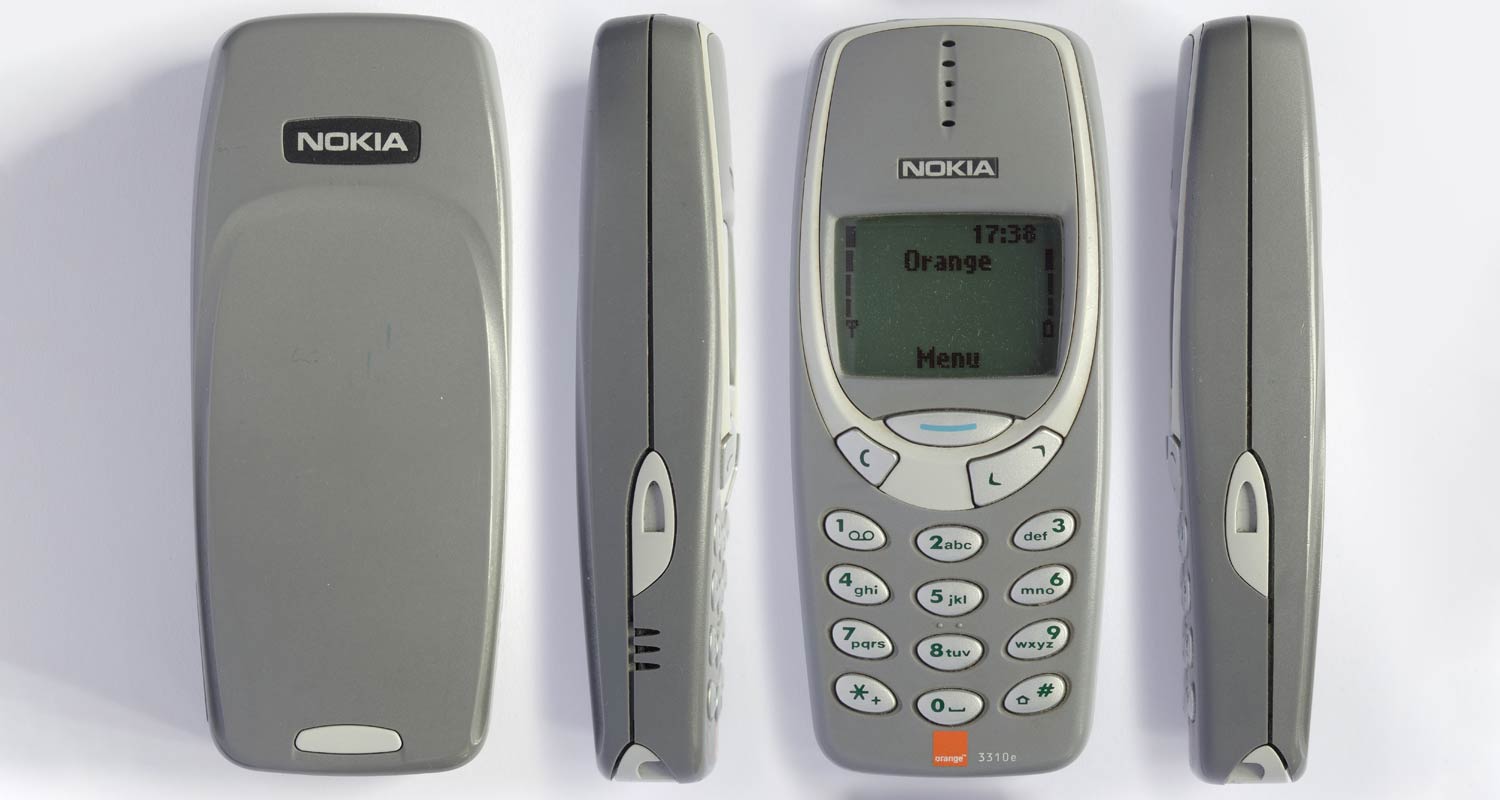 2. Nokia 3310 – the indestructible phone
2. Nokia 3310 – the indestructible phone
There are videos all over the internet of people putting these sturdy devices through all kinds of abuse and still using them afterwards. Released at the dawn of the new millennium, the 3310 was one of Nokia’s best-selling units, with over 125 million distributed worldwide. Compared to its predecessors, the 3310 had a slightly more ergonomic design, its reduced height and lack of an antenna making it easier to hold in one’s hand or fit in a pocket. The 3310 was also the first mobile to allow users to send three SMS messages in one and featured a chat function that maintained a conversation via SMS.
 3. Nokia 3510 – polyphonic ringtones
3. Nokia 3510 – polyphonic ringtones
The 3510 gets recognition with icon-worthy status because it was the world’s first device to have polyphonic ringtones. But the 3510 did more than add harmonic texture to the Nokia tune; the 3510i variant of this model made use of Java 2 Mobile Edition, which made it possible for users to use and download Java applications, polyphonic ringtones and background images. The 3510 connected to the internet using a combination of GPRS and WAP.
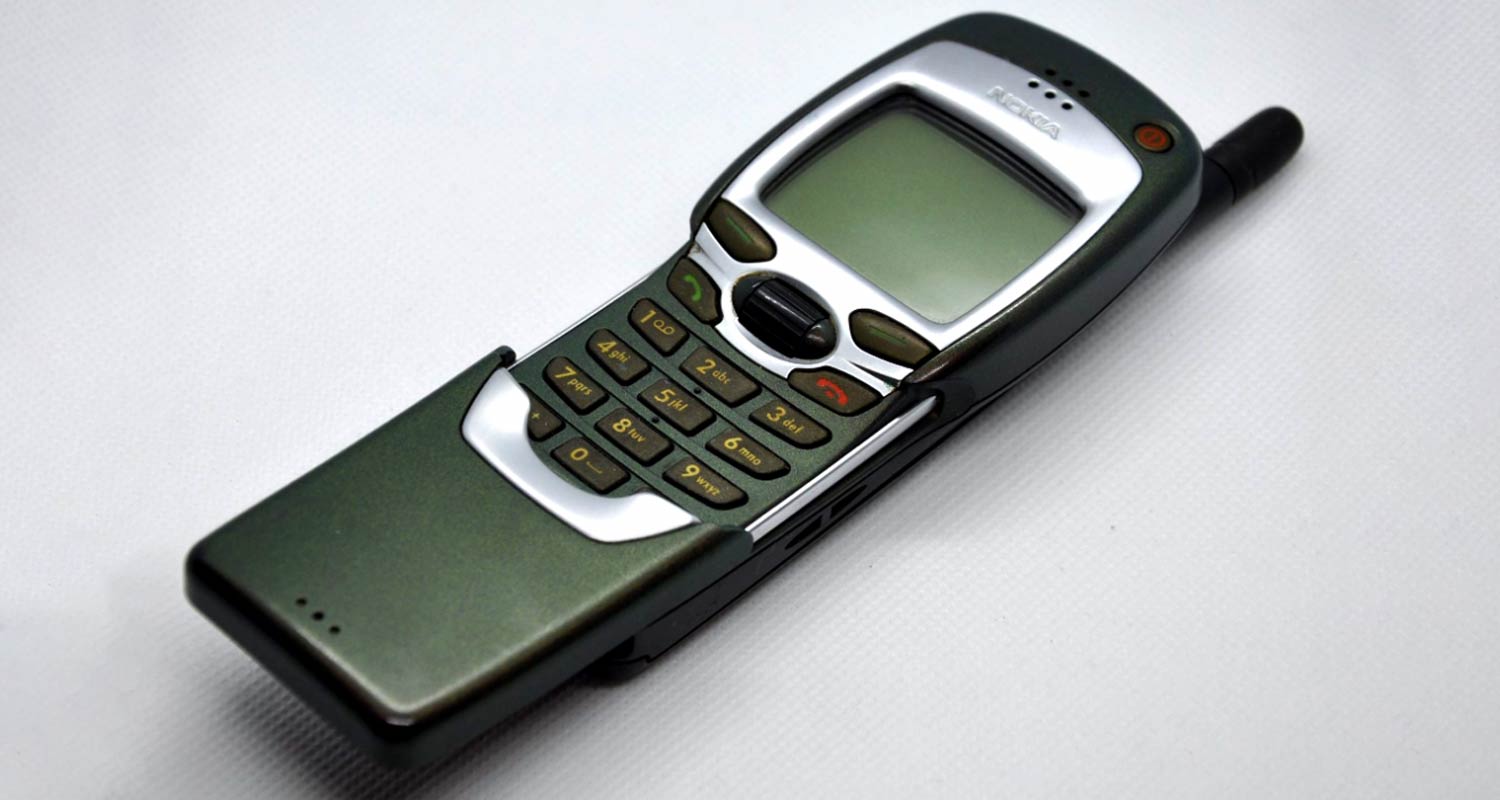 4. Nokia 7110 – world’s first WAP-enabled device
4. Nokia 7110 – world’s first WAP-enabled device
Nowadays, using our phones to access the internet is something people take for granted. In the early days of mobile telephony, mobile phones did not have full-blown browsers, and they relied on a standard called wireless application protocol (WAP) to render webpages. Released in 1999, the Nokia 7110 was the world’s first WAP-enabled device. Featured in the blockbuster sci-fi thriller The Matrix, the 7110 had a futuristic design, including a clickable scroll wheel button and sliding button cover.
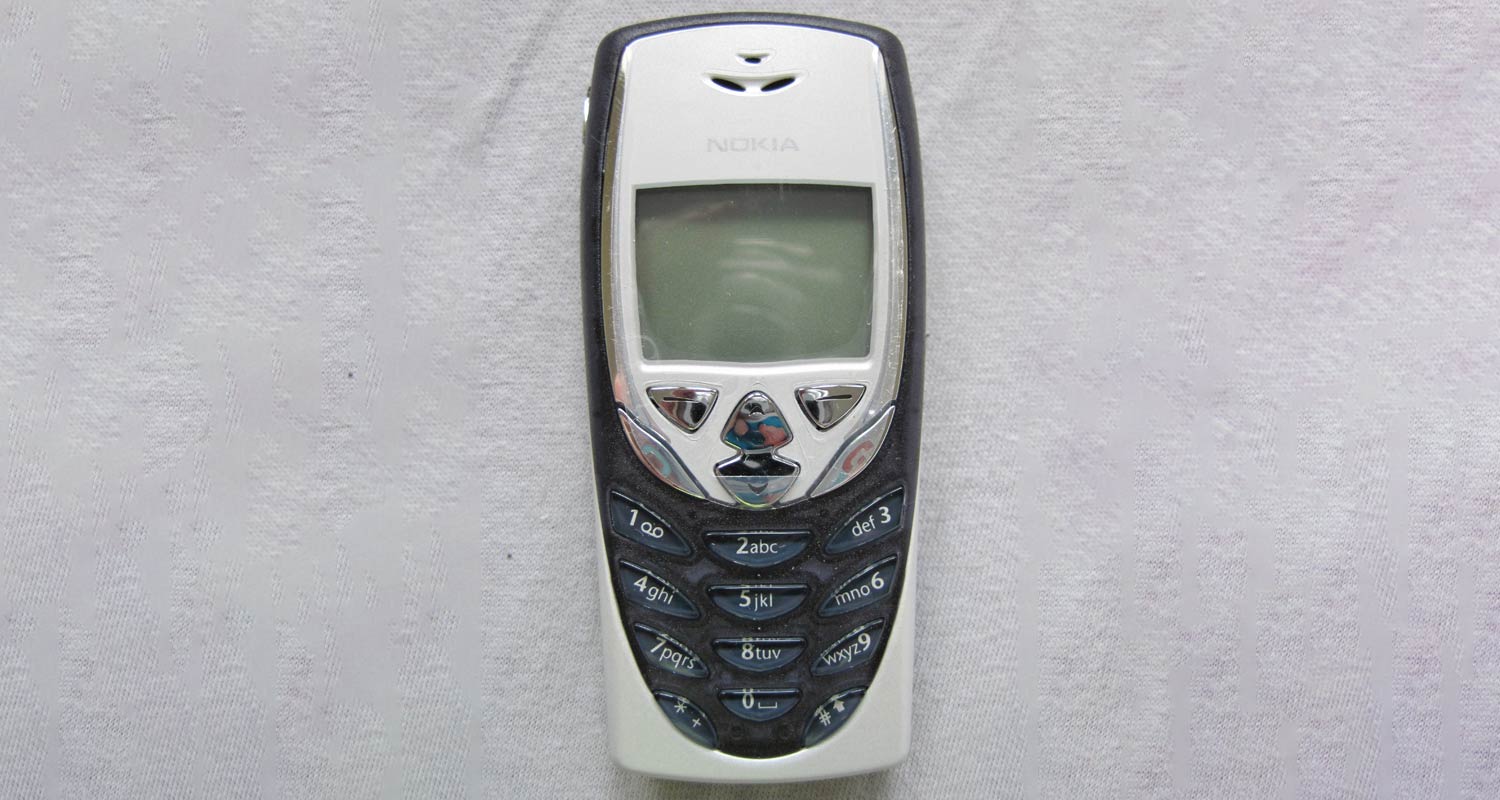 5. Nokia 8310 – Nokia’s first GPRS phone with FM radio
5. Nokia 8310 – Nokia’s first GPRS phone with FM radio
Released in 2001, the 8310 was a premium device using the company’s “candy-bar” design. The FM radio and GPRS were two of a host of features in the 8310 that were not found in other phones at the time, including infrared and a fully functional calendar. At 2cm thick and 97cm in height, it is one of the smallest phones made by Nokia at a time when smaller was seen as superior in handsets (today the opposite is true).
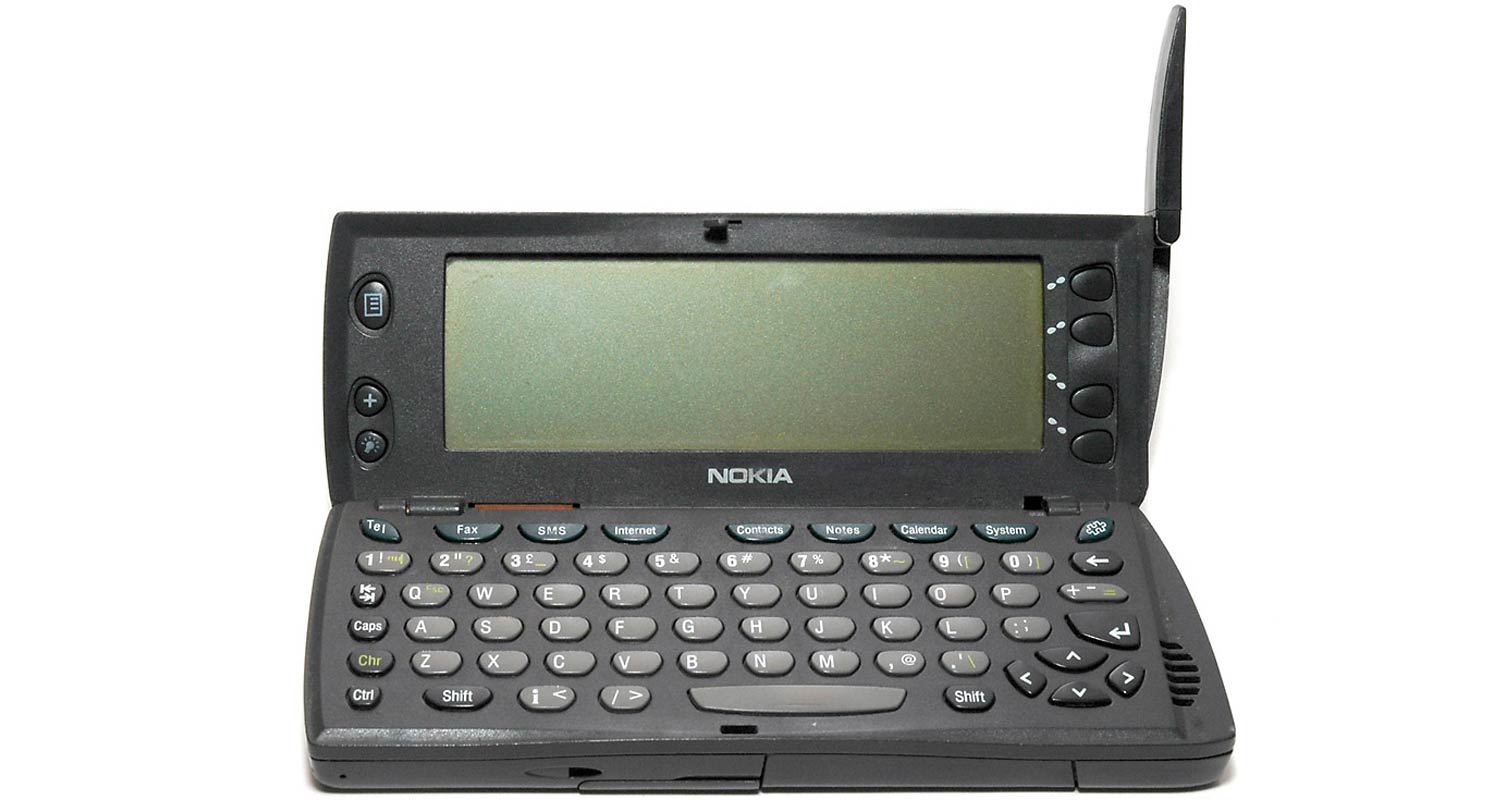 6. Nokia Communicator 9000 – world’s first Qwerty keyboard
6. Nokia Communicator 9000 – world’s first Qwerty keyboard
When it was released in 1996, the Nokia Communicator 9000 was a product clearly aimed at the ultra-high-end of the market. But behind this niche focus, the Communicator 9000’s list of business-related features told a story of what mobile devices would eventually become. The ease of use made possible by the world’s first Qwerty keyboard on a phone was complemented by the Communicator 9000s e-mail, web browsing, fax (yes, you read that right), word processing and spreadsheet manipulation capabilities.
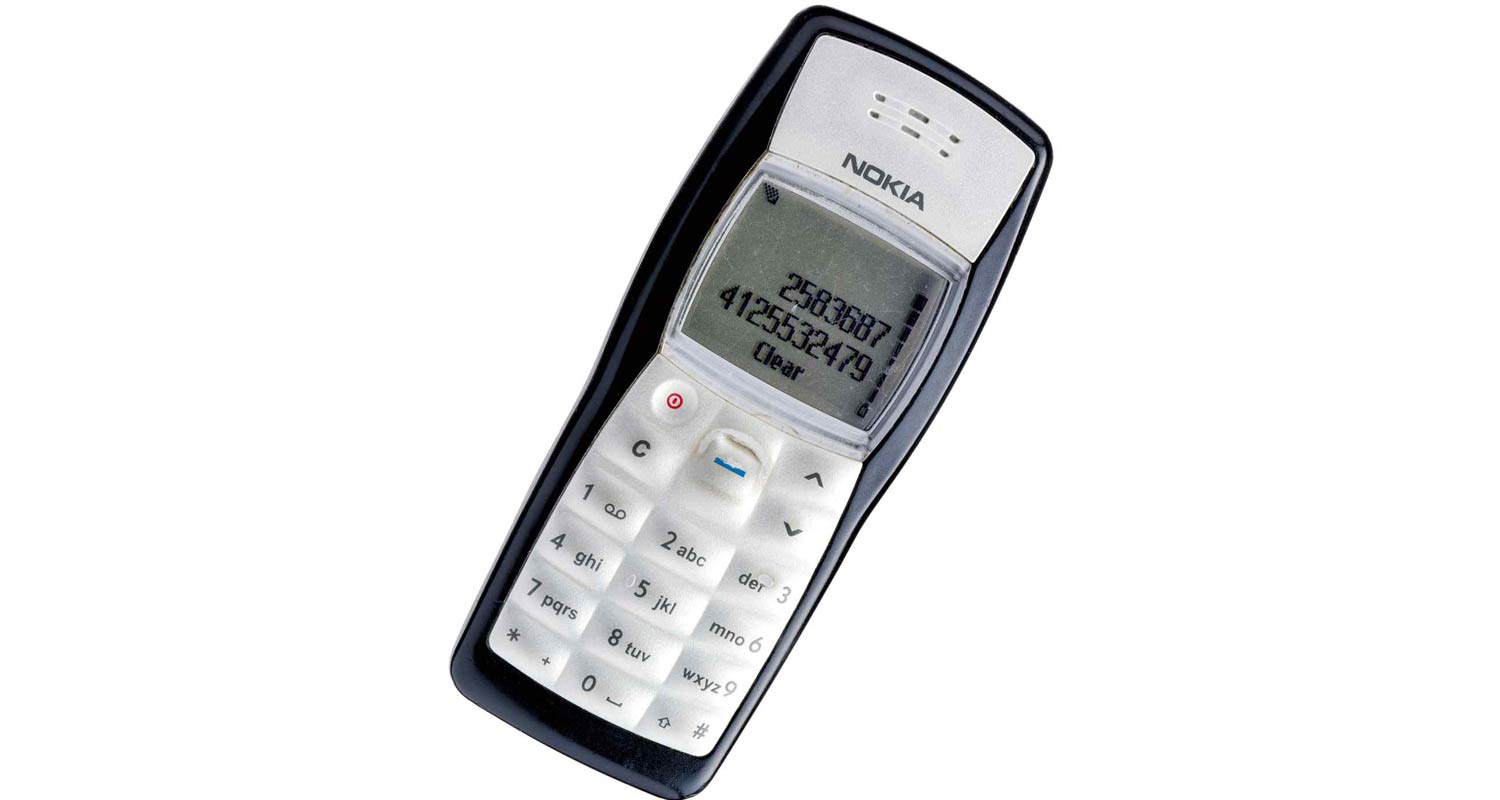 7. Nokia 1100 – best seller
7. Nokia 1100 – best seller
With more than 250 million units sold worldwide, the Nokia 1100 is the company’s most successful product by volume. The 1100 was released at a time when cellphones were reaching mass-market status in many emerging economies across the globe, and the company released the affordable candy-bar phone to cater specifically to this segment.
 8. Nokia N95
8. Nokia N95
Nokia did not invent the camera phone, but the release of the N90 in 2005 took camera phone technology up a level when the company introduced a 2-megapixel camera with autofocus and an LED flash, upping the ante on the 1.3MP cameras available in competing devices at the time. But it was the feature-filled N95 – a chunky slider phone – that managed to be the gold standard for camera quality for several few years. The N95 camera had a Carl Zeiss lens and could record video at 30 frames per second.
Some consider the N95 to be Nokia’s last great device as its release coincided with the beginning of the smartphone revolution. The original iPhone was released just a few months after the N90, leading to the latter being criticised for lack of a touchscreen interface. But its camera was still far superior and remained that way for some time. The iPhone, by contrast, had a 2MP camera with no flash, no auto-focus and no video recording capability.
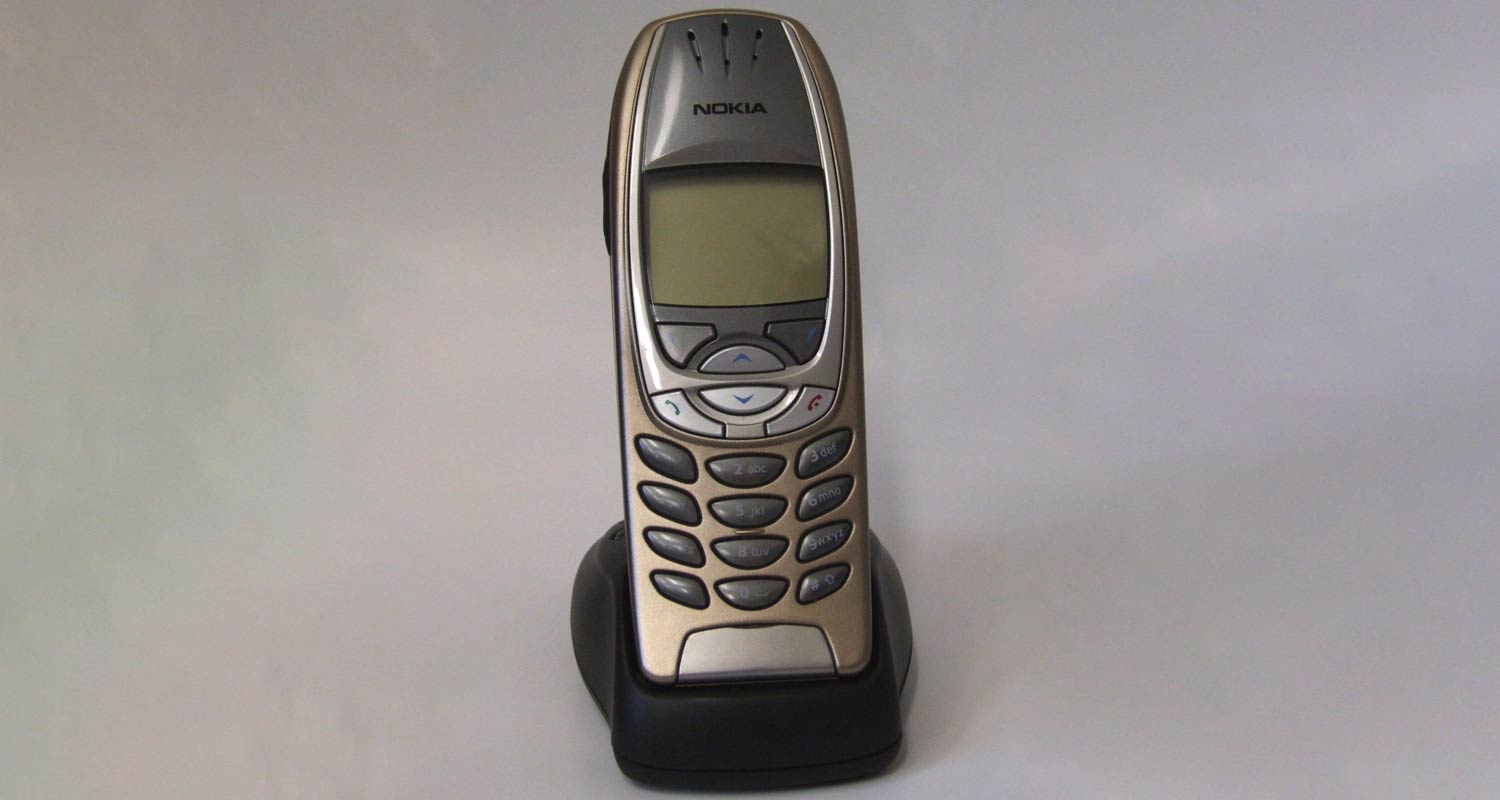 9. Nokia 6310i – the corporate warrior
9. Nokia 6310i – the corporate warrior
The 6310i was Nokia’s first tri-band phone capable of handling GSM900, 1800 and 1900 frequency bands. It’s signature two-tone gold and black trim gave the 6310i a premium feel and a partnership with Mercedes-Benz led to the device becoming an optional extra on several of the German car maker’s models between 2002 and 2005. But the corporate world is where the 6310i really shone, with its GPRS, WAP, e-mail and Java capabilities boosting productivity.
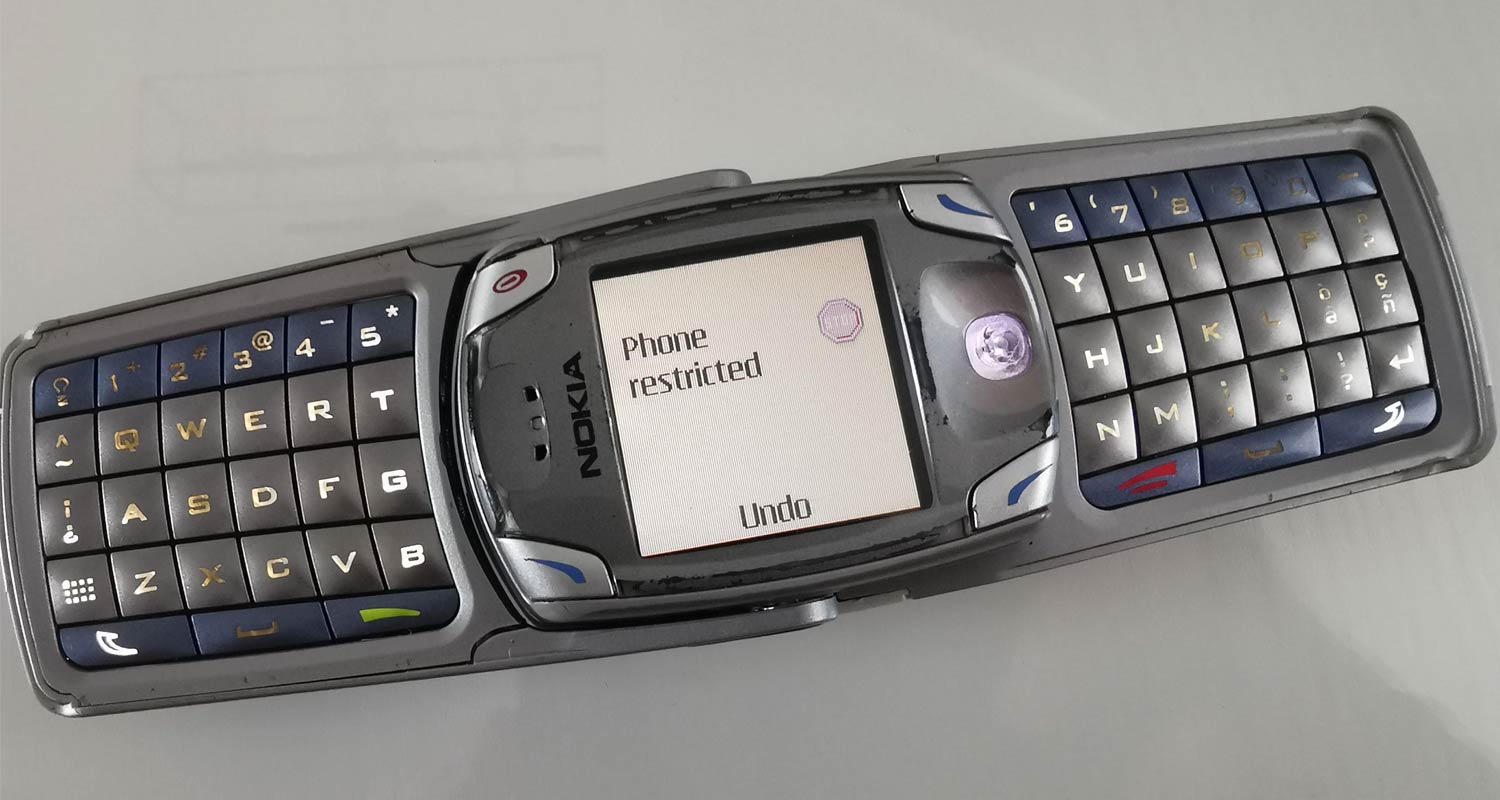 10. Nokia 6820 – Qwerty in a candy-bar phone
10. Nokia 6820 – Qwerty in a candy-bar phone
The 6820 was the most popular of the 6800 series of Nokia phones that had the characteristics of a candy-bar phone along with a flip functionality that revealed a full Qwerty keyboard. In South Africa, the 6820’s popularity coincided with the rise of homegrown chat app and WhatsApp predecessor Mxit, making it the perfect device for long hours of frenzied typing. – © 2024 NewsCentral Media
Read: Most expensive smartphones in South Africa


